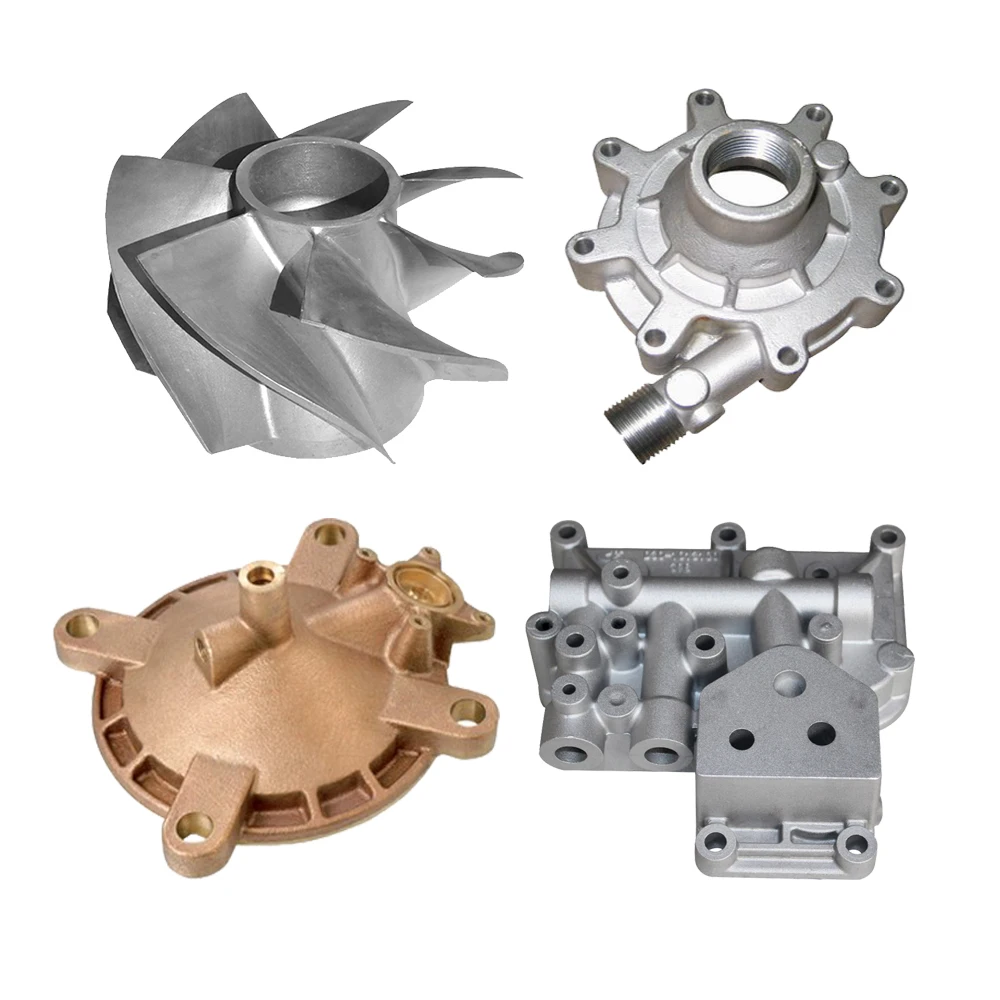No wonder, Machinists always run behind improving the milling process and two ways that are most prevalent include Climb Millingand Conventional MIllling. They essentially are the same metal cutting mill processes through a milling machine - or miller but they can actually achieve their end results by executing different approaches. Together, the toolpath creation strategy can improve milling processes up to 50% faster than conventional link IPM for climbing or down-climb methods. This article will look at both these essential cuts and propose how you might consider using tools in relation to one approach or the other, where possible. Climb Milling vs Conventional Milling The main difference between the two is that in one case (climb milling )directon of the cutting force and work feed are both occured at same side. In conventional milling, the cutter rotates opposite to direction of feed; it also has tendency for workpiece and chips portion downward cutting forcesthat adds feeding strength which can remove chip bottom face far from top side. Result is always chattering and consequently poor part finish, wear of tool. During climb milling, the cutter rotates in the direction of rotation during conventional milling but produces upward cutting forces that push away from the workpiece. Pros:Smooth, high quality surface finishes; increased tool life from less wear and tear on the cutting edges Less chatter Cons:blockquoteClimb milling also tends to produce a hot chip than traditional milling. If your machine isn't capable of tolerating higher levels of heat then you might have challenges with both effective cooling as well us forces pulling/changing work piece dimensions due thermal expansion

 EN
EN
 AR
AR
 HR
HR
 CS
CS
 DA
DA
 NL
NL
 FI
FI
 FR
FR
 DE
DE
 EL
EL
 IT
IT
 JA
JA
 KO
KO
 NO
NO
 PL
PL
 PT
PT
 RO
RO
 RU
RU
 ES
ES
 SV
SV
 ID
ID
 LT
LT
 SK
SK
 UK
UK
 VI
VI
 HU
HU
 TH
TH
 TR
TR
 MS
MS
 GA
GA
 CY
CY
 IS
IS

